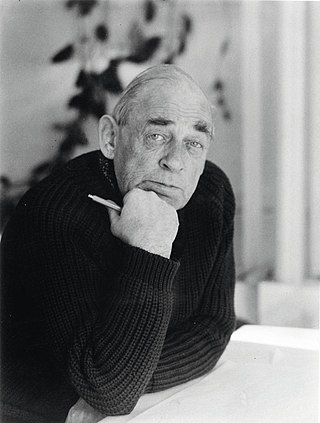
Hugo Alvar Henrik Aalto was a Finnish architect and designer. His work includes architecture, furniture, textiles and glassware, as well as sculptures and paintings. He never regarded himself as an artist, seeing painting and sculpture as "branches of the tree whose trunk is architecture." Aalto's early career ran in parallel with the rapid economic growth and industrialization of Finland during the first half of the 20th century. Many of his clients were industrialists, among them the Ahlström-Gullichsen family, who became his patrons. The span of his career, from the 1920s to the 1970s, is reflected in the styles of his work, ranging from Nordic Classicism of the early work, to a rational International Style Modernism during the 1930s to a more organic modernist style from the 1940s onwards.

Urho Kaleva Kekkonen, often referred to by his initials UKK, was a Finnish politician who served as the eighth and longest-serving president of Finland from 1956 to 1982. He also served as prime minister, and held various other cabinet positions. He was the third and most recent president from the Agrarian League/Centre Party. Head of state for nearly 26 years, he dominated Finnish politics for 31 years overall. Holding a large amount of power, he won his later elections with little opposition and has often been classified as an autocrat. Nevertheless, he remains a respected figure.

The Centre Party, officially the Centre Party of Finland, is an agrarian political party in Finland.
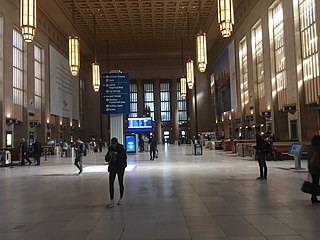
Interior design is the art and science of enhancing the interior of a building to achieve a healthier and more aesthetically pleasing environment for the people using the space. An interior designer is someone who plans, researches, coordinates, and manages such enhancement projects. Interior design is a multifaceted profession that includes conceptual development, space planning, site inspections, programming, research, communicating with the stakeholders of a project, construction management, and execution of the design.
Haworth Inc. is a privately held, family-owned office furniture manufacturer headquartered in Holland, Michigan, United States. Founded in 1948 by G. W. Haworth, the company designs and manufactures seating, tables, movable walls, panels, storage, and wood casegoods. Haworth's furniture pieces, combined with interior design and technology, are intended to create a focus on “organic workspaces that help people perform their best.” Haworth employs 7,500 workers and has 650 dealerships in more than 120 countries. 2021 global sales reached $1.96 billion, a 6.2-percent increase from 2020.

Émile-Jacques Ruhlmann, , was a French furniture designer and interior decorator, who was one of the most important figures in the Art Deco movement. His furniture featured sleek designs, expensive and exotic materials and extremely fine craftsmanship, and became a symbol of the luxury and modernity of Art Deco. It also produced a reaction from other designers and architects, such as Le Corbusier, who called for simpler, functional furniture.

Florence Marguerite Knoll Bassett was an American architect, interior designer, furniture designer, and entrepreneur who has been credited with revolutionizing office design and bringing modernist design to office interiors. Knoll and her husband, Hans Knoll, built Knoll Associates into a leader in the fields of furniture and interior design. She worked to professionalize the field of interior design, fighting against gendered stereotypes of the decorator. She is known for her open office designs, populated with modernist furniture and organized rationally for the needs of office workers. Her modernist aesthetic was known for clean lines and clear geometries that were humanized with textures, organic shapes, and colour.
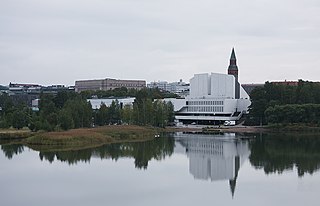
The Finlandia Hall is a congress and event venue in the centre of Helsinki on the Töölönlahti Bay, owned by the City of Helsinki. The building, which was designed by architect Alvar Aalto, was completed in 1971. Every detail in the building is designed by Aalto. The designs were completed in 1962, with building taking place between 1967 and 1971. The Congress Wing was designed in 1970 and built in 1973–1975. In 2011, the building was expanded with new exhibition and meeting facilities. Finlandia Hall is known as the venue for the OSCE Summit held in August 1975, attended by 35 world leaders, including the leader of the Soviet Union, Leonid Brezhnev, and the President of the United States, Gerald Ford.
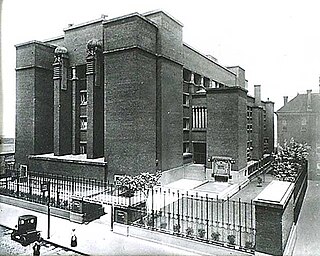
The Larkin Building was an office building in Buffalo, New York, noted for innovations that included central air conditioning, built-in desk furniture, and suspended toilet partitions and bowls. Located at 680 Seneca Street, it was demolished in 1950.

Jules Jean Sylvain Wabbes (1919–1974) was a Belgian furniture designer and interior architect. Born in Saint-Gilles, Belgium, Wabbes began his career as an actor and after several other jobs, eventually opened an antiques and decoration shop in Brussels. He created his own furniture in a modernist style and was chosen by several Belgian administrations to design and create functional furniture. All his works are based on the expression of pure quality with excellent materials. He is especially famous for his office desks, tables, wall lamps, and casts.

Home Accents Today is a trade publication and web site owned by BridgeTower Media serving the information needs of designers, manufacturers and buyers of home accents - decorative accessories, accent furniture, wall decor, mirrors, rugs, lamps, lighting, permanent botanicals, soft goods and tabletop.
Kari Aaro Juhani Asikainen is a Finnish interior designer and former professor of Industrial Furniture Design at MUOVA, the Design Centre of Western Finland in Vaasa, 1988–1994. He also taught at University of Art and Design Helsinki in 1973–1988.
Jukka Setala is a Finnish designer. He completed his study as an interior architect at the University of Art and Design Helsinki in 1996. He designed a notable lamp but he is best known for his "Fatboy" beanbag chairs.

Erik Stefan Lindfors, known as Stefan Lindfors is a Finnish industrial designer, interior designer, film-maker and sculptor. He attended high school at the Åbo Cathedral School in Turku in 1982, and then went on to study design at the University of Art and Design Helsinki, completing his studies in 1988.
Sunita Kohli is an Indian interior designer, architectural restorer and furniture manufacturer. She had restored and decorated Rashtrapati Bhavan, Parliament House Colonnade (1985–1989), the Prime Minister's Office and Hyderabad House in New Delhi.
The Pace Collection was a high-end contemporary furniture company in business from 1960 to 2001. The company was founded by Irving and Leon Rosen in New York City. The showroom was located in Manhattan on East 62nd Street to offer its fine furniture and services to the contract interior design trade. The Pace Collection advertised in numerous architectural and interior design periodicals. The Pace Collection furniture designs were all distinctly different from those offered by Knoll (company), Herman Miller, Steelcase and other contract furniture companies.
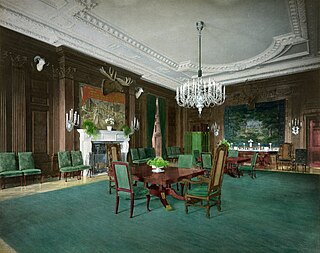
A. H. Davenport and Company was a late 19th-century, early 20th-century American furniture manufacturer, cabinetmaker, and interior decoration firm. Based in Cambridge, Massachusetts, it sold luxury items at its showrooms in Boston and New York City, and produced furniture and interiors for many notable buildings, including The White House. The word "davenport," meaning a boxy sofa or sleeper-sofa, comes from the company.

The desk in the Vice President's Ceremonial Office in the Eisenhower Executive Office Building, colloquially known as the Theodore Roosevelt desk, is a large mahogany pedestal desk in the collection of the White House. It is the first of six desks that have been used by U.S. presidents in the Oval Office, and since 1961 has been the used as the desk of the U.S. Vice President.
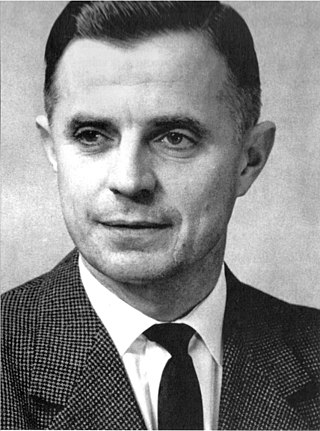
Johan Henrik Virkkunen was a Finnish organizational theorist and Professor of Accounting at the Helsinki School of Economics, whose 1954 textbook Laskentatoimijohdon apuna influenced Finnish accountancy thinking for decades.

Pekka Veikko Vennamo is a Finnish politician and corporate executive. He was the leader of the Finnish Rural Party from 1979 to 1989. He was also member of the Parliament of Finland from 1972 to 1975 representing the constituency of Helsinki and again from 1979 to 1989 representing the southern constituency of Turku Province. In addition, Vennamo served as the Deputy Minister of Finance in Kalevi Sorsa's fourth cabinet from 1983 to 1987 and as the Minister of Transport in Harri Holkeri's cabinet from 1987 to 1989.















